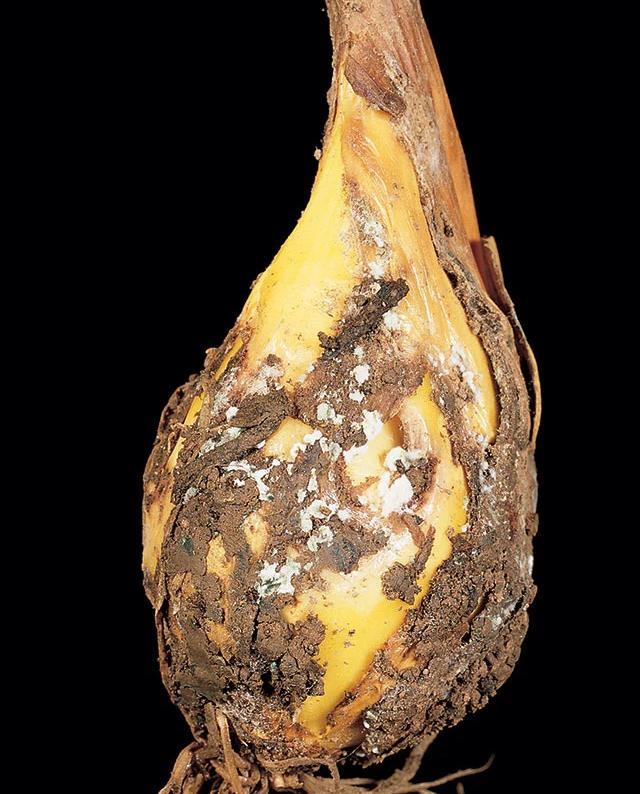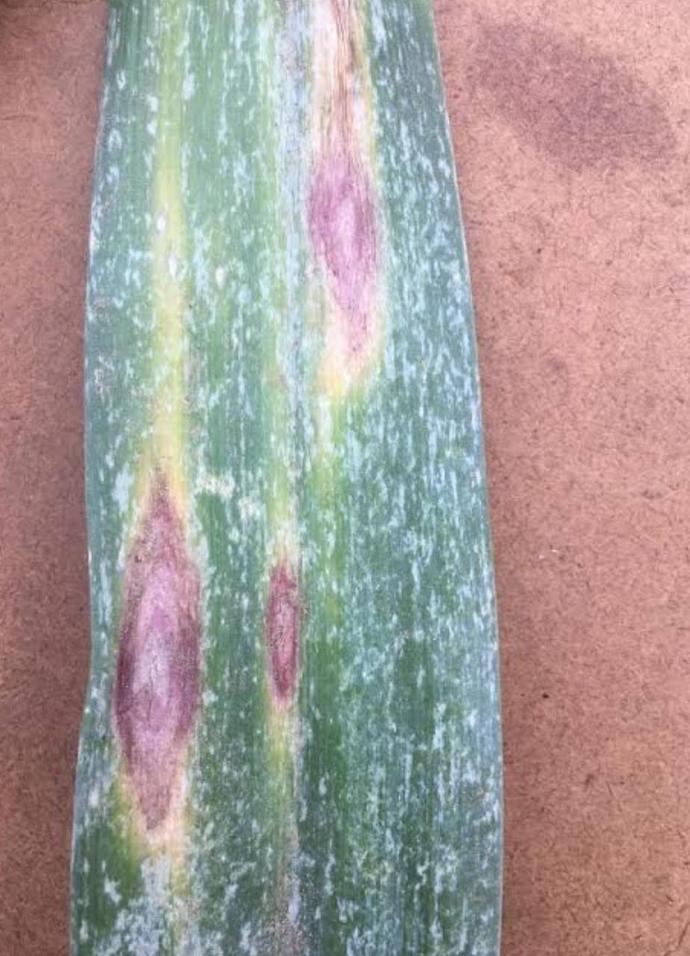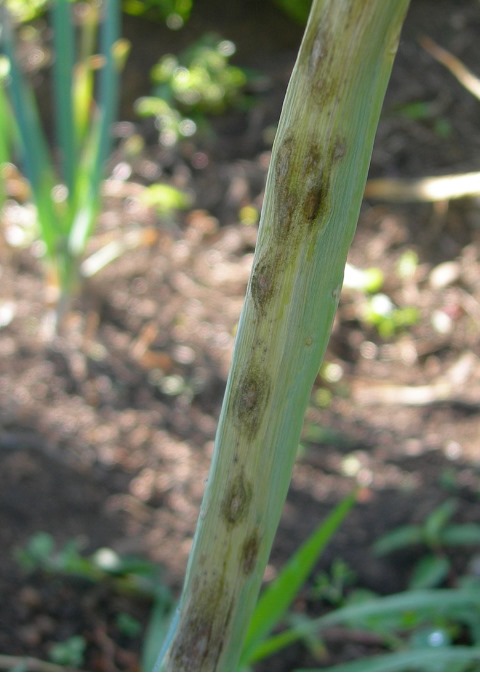Leek Plant
Leeks are biennials, 12-30 inches tall, and frost-tolerant. They prefer well-drained, fertile soil in full sun to partial shade. Keep the soil moist. Leeks are both edible and have medicinal properties.
Habit
Biennial
Height
0.4 to 0.6 m
Growth
Slow
Soil
Well-drained, Loamy
Shade
Full Sun to Partial Shade
Moisture
Moist
Edible
Yes
Medicinal
Yes
Origin
Europe
Climatic Condition
Temperate, Subtropical
Temperature (°)
15°C to 25°C
Humidity (%)
50% to 70%
Potting media
50% Loam, 40% Sand, 10% Compost
Fertilizers
Balanced Fertilizers
Watering
Regular watering
Plant Weight
0.5 to 1.0 kg
Flowering Time
Spring to Fall
Soil Ph level
6.0 to 7.5
Water Ph level
6.0 to 7.0
Soil EC
0.5 to 1.0 mS/cm
Yield Per Plant
1 to 2 kg per plant
NPK ratio
05:10:10
life Span
1 to 2 years
Health Benefits
High in Nutrients, Anti-inflammatory
Suggested Grow Media or Potting Mix ?
50% loamy soil, 30% compost, 20% sand
Suggested Fertigation/Fertilizers
Fertilize every 2 weeks with a balanced fertilizer.
Common Diseases and Remedies
Purple Blotch , White Rot .
Tiny purplish to reddish spots that appears on leaf blades and leaf sheaths , Angular white colour chlorotic lesions along with leaf edges .
Remove infected leaves , Bleaching powder 10 gr / Lt of water .
HEALTH BENEFITS
Rich in antioxidants, supports heart health, and improves digestion.
What Is An Leek ?
Leek belongs to the same genus Allium as onions, garlic, and shallots. Leeks are biennial plants grown for their flavourful and fragrant stems, which resemble oversized rakkyo. It has a mild, onion-like flavour and a hint of sweetness, and is often used in soups, stews, salads, and other dishes. Leeks are typically grown as a cool season vegetable and grow well in temperate climates.
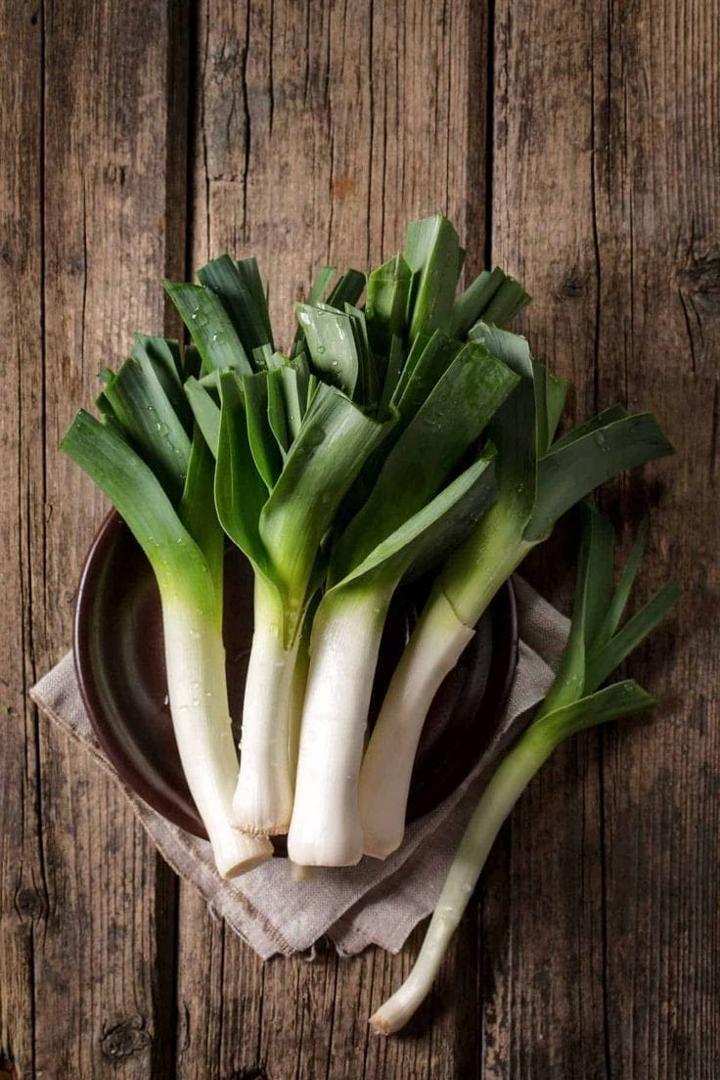
What Are The Different Types Of Leeks ?
1. American Flag
This variety is one of the most popular and widespread allium varieties. It produces large, thick stems and has a mild, sweet flavour. American flag leeks are known for their high yield and uniform size.
2. Giant Musselburgh
As the name suggests, this variety produces large, thick stems and has a bold flavour. It is especially suitable for wintering and can withstand low temperatures.
3. Lancelot
Lancelot alliums are known for their long, slender stems and delicate flavor. It is prized for its delicate texture and is often used in preparing salads and other raw foods.
4. King Richard
This variety produces slender, early-ripening leeks with soft stems and a mild, sweet flavour. King Richard leeks are known for their uniform size and bolt resistance.
5. Blue Solaise
Blue Solaise Allium has blue-green leaves and produces thick, strong stems with a mild, sweet flavour. It is suitable for overwintering and can be harvested during the winter.
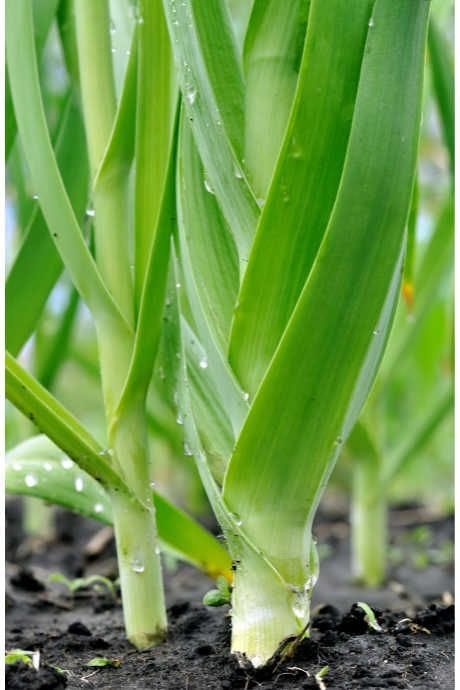
How to Care Leek Plants ?
1. Location
An ideal location to grow an allium plant should provide suitable conditions to support its growth and development. Leeks grow in cool, temperate climates and require well-drained soil, full sunlight, and constant moisture. Alliums grow best when planted in rows or groups, leaving plenty of space between plants. The spacing between rows is approximately 30-45 cm, and the distance between individual plants within a row is 10-15 cm.
2. Sunshine
Sunlight is essential for the growth and development of allium plants. When choosing a location to grow leeks, it's important to choose a location that receives plenty of sunlight. Leeks thrive in full sun and require at least 6 to 8 hours of direct sunlight each day for optimal growth. Adequate sunlight promotes photosynthesis, the process by which plants convert light energy into chemical energy to promote growth and development.
3. Soil
Alliums prefer light, loose-textured soil with good root penetration and drainage. Sandy loam or clay soils are ideal for leeks because they have a good balance of drainage and moisture retention. Alliums grow best in slightly acidic to neutral soil with a pH of 6.0 to 7.0. Soil pH affects nutrient availability. Therefore, it is important to test the pH of your soil and adjust it as necessary by using additives such as lime to raise the pH or sulphur to lower it.
4. Hydration
Hydration is essential for the healthy growth and development of allium plants. Adequate moisture allows alliums to absorb nutrients from the soil and maintain intracellular turgor pressure, supporting upright growth and strong leaves. Alliums prefer moist soil at all times, but it is important to avoid overwatering, as waterlogging can lead to root rot and other fungal diseases. To maintain sufficient moisture, water your allium plants deeply and evenly, making sure the soil is moist but not waterlogged.
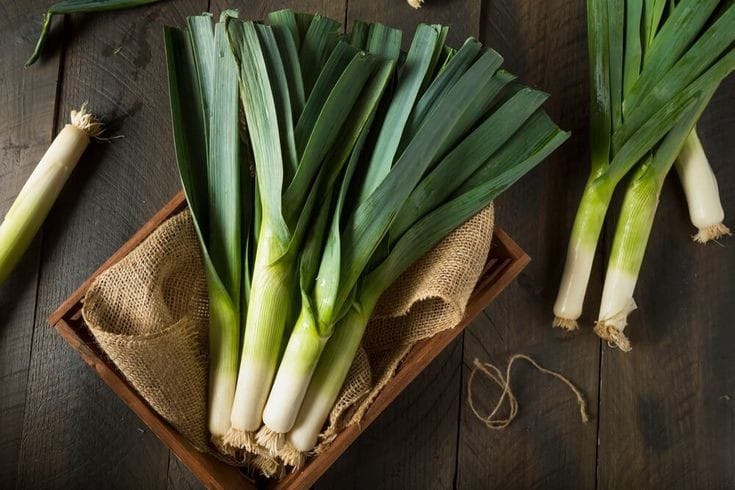
5. Nourishment
Alliums require various micronutrients such as iron, magnesium, and calcium for healthy development. Make sure your soil pH is in the optimal range (6.0-7.0) to promote utilization of these micronutrients. If deficiencies are noted, consider supplementing with micronutrient-rich fertilizers and foliar sprays.
6. Issues
Nutrient deficiencies can manifest as stunted growth, yellowing of leaves, and poor bulb development. Conduct soil tests to identify nutrient deficiencies and improve the soil accordingly using fertilizers and organic amendments. Planting leeks too close together can cause crowding, which can stunt growth and increase disease risk. Thin seedlings to the recommended spacing or transplant crowded plants to give them enough room to grow.
What are the Benefits of Leek Plant ?
The fiber content in alliums promotes digestive health by supporting regular bowel movements and preventing constipation. Additionally, the prebiotic fiber found in alliums nourishes the beneficial bacteria in your gut and promotes a healthy balance of your gut microbiome. Antioxidants and other compounds found in alliums may help reduce inflammation and lower the risk of heart disease. Additionally, the potassium, which is abundant in alliums, helps regulate blood pressure and supports cardiovascular health. Vitamin C found in alliums helps strengthen the immune system and protect against infections and diseases. Incorporating green onions into your diet during cold and flu season can help support your overall immune function. Alliums are a good source of vitamin K, which is important for bone health and may help reduce the risk of osteoporosis. Eating foods rich in vitamin K, such as green onions, can help support bone density and strength. Some research suggests that the antioxidants and other compounds found in alliums may have anti-cancer properties. Although more research is needed, incorporating alliums into a balanced diet rich in fruits and vegetables may reduce the risk of certain cancers.
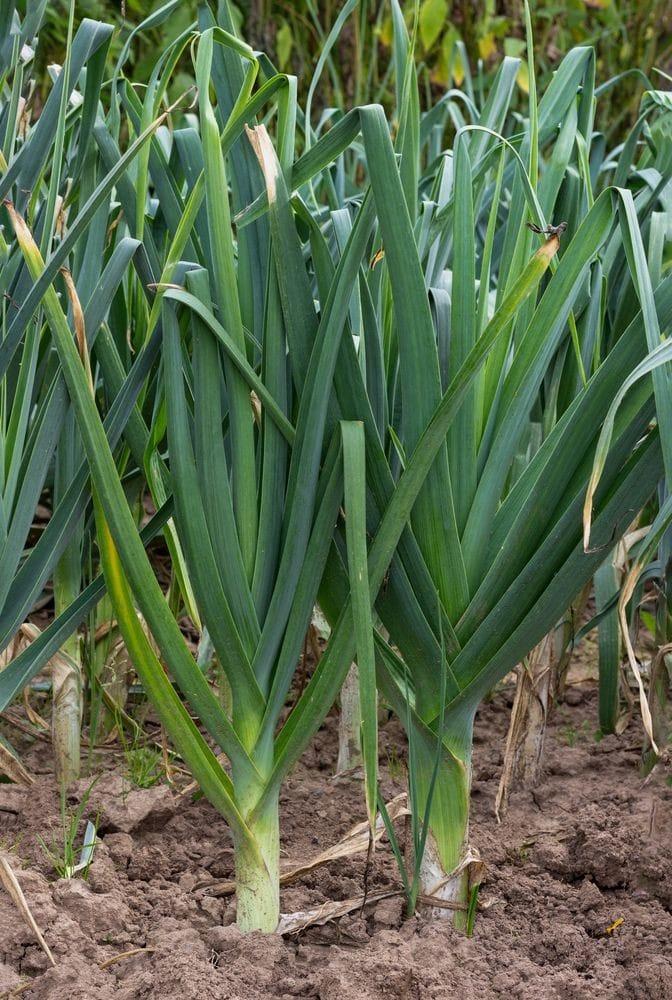
FAQs About Growing Leek
1. How far apart should I space my leek plants ?
Leek plants should be grown in rows approximately 6 inches apart, and the rows should be 12 to 18 inches apart. Proper spacing gives them enough space to grow and allows for air circulation.
2. Can I grow leek in containers ?
Yes, leek can be grown in containers or raised beds as long as the container is deep enough to accommodate a long root system. Choose a large container with good drainage.
3. How often should I water leek ?
Leek plants require a certain amount of moisture to grow. Water deeply and evenly to keep the soil evenly moist, but not soggy. In hot, dry weather, use water leeks more often to prevent wilting and stress.
4. How should I store harvested Leek ?
After harvesting, cut off the roots and damaged outer leaves of the green onions. It can be stored in a plastic bag or container in the refrigerator for several weeks.
5. Can you regenerate leek from food scraps ?
Yes, to regenerate leek from food scraps, save the white part of the root, place it in a shallow bowl of water, and change the water regularly.
